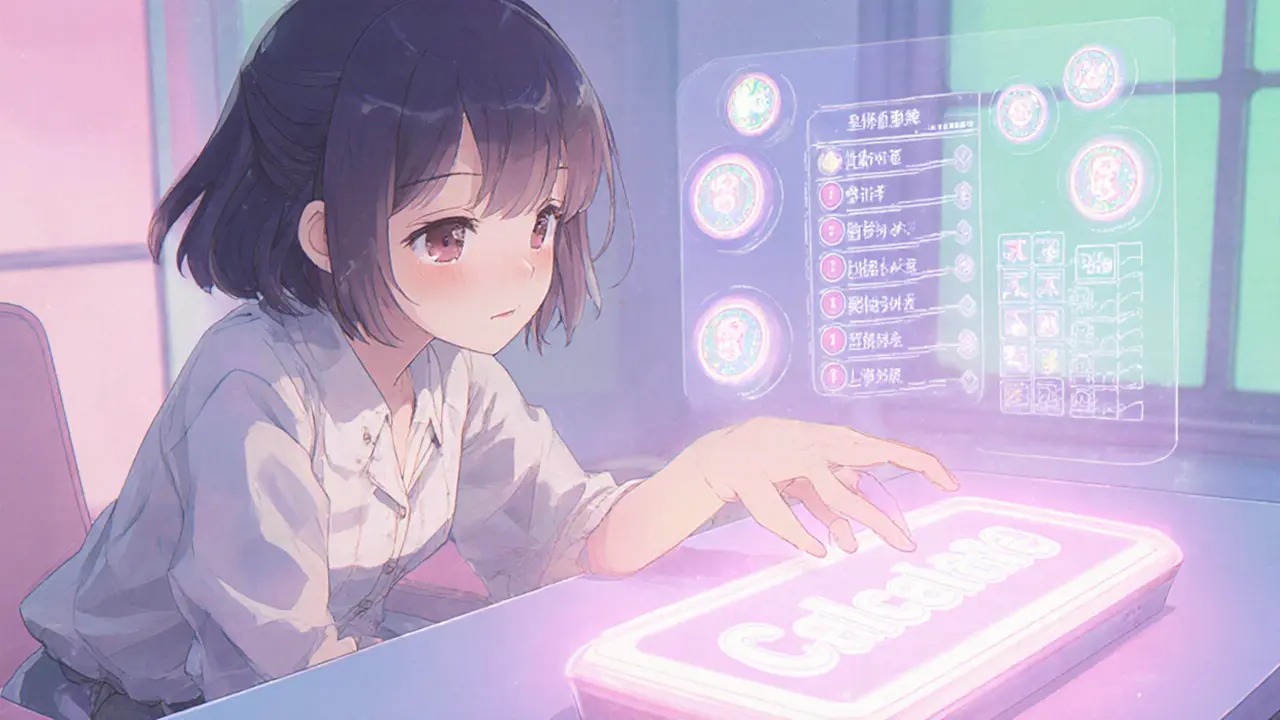NFT Farming
When talking about NFT Farming, the practice of earning rewards by staking or using non‑fungible tokens within decentralized finance protocols. Also known as NFT Yield Farming, it merges ownership of unique digital assets with income‑generating mechanisms of DeFi.
This field sits at the crossroads of several key concepts. It draws on Yield Farming, a method that lets users earn returns by providing liquidity to smart contracts and often overlaps with Liquidity Mining, where participants receive extra tokens as an incentive for supporting a pool. Both strategies require a solid understanding of Decentralized Finance, the broader ecosystem that enables permission‑less financial services on blockchain networks. Finally, the core asset – the NFT, a token that represents a unique piece of data such as art, game items, or membership rights – provides the scarcity and utility that make farming attractive.
Why does NFT farming matter right now? First, many platforms are adding NFT‑backed vaults that let creators earn a share of protocol fees. Second, the rise of play‑to‑earn games means players can lock their in‑game skins or characters into liquidity pools and collect yield while they wait for the next tournament. Third, the tokenomics of each NFT project often include built‑in reward mechanisms, so staking can increase both the token’s utility and its market value. In practice, a user might deposit a rare avatar into a pool, receive a governance token, and then re‑stake that token for additional APY – a compounding loop that mirrors traditional yield farming but with a collectible twist.
Getting started isn’t as hard as it sounds, but there are three steps you should follow. 1) Choose a blockchain that supports both NFTs and smart contracts – Ethereum, Polygon, and Solana are popular choices. 2) Verify the smart contract’s security; audit reports and community vetting are essential because a buggy contract can lock or burn your assets. 3) Understand the reward schedule – many farms have decreasing APY over time or require a minimum lock‑up period, so calculate the break‑even point before you commit. Tools like blockchain explorers, DeFi dashboards, and community forums can help you monitor performance and adjust positions as market conditions shift.
Below you’ll find a curated list of articles that dive deeper into each of these areas. From platform reviews to tokenomics breakdowns, the posts cover real‑world examples, risk assessments, and step‑by‑step guides. Whether you’re a collector curious about passive income or a DeFi veteran looking to add a new asset class, the collection offers practical insights you can apply today.
OneRare (ORARE) Ingredient NFT Airdrop Explained - Full Foodverse Details

Explore how OneRare (ORARE) distributes Ingredient NFTs, why no traditional airdrop exists, and how to farm, trade, and mint dishes in the Foodverse.
